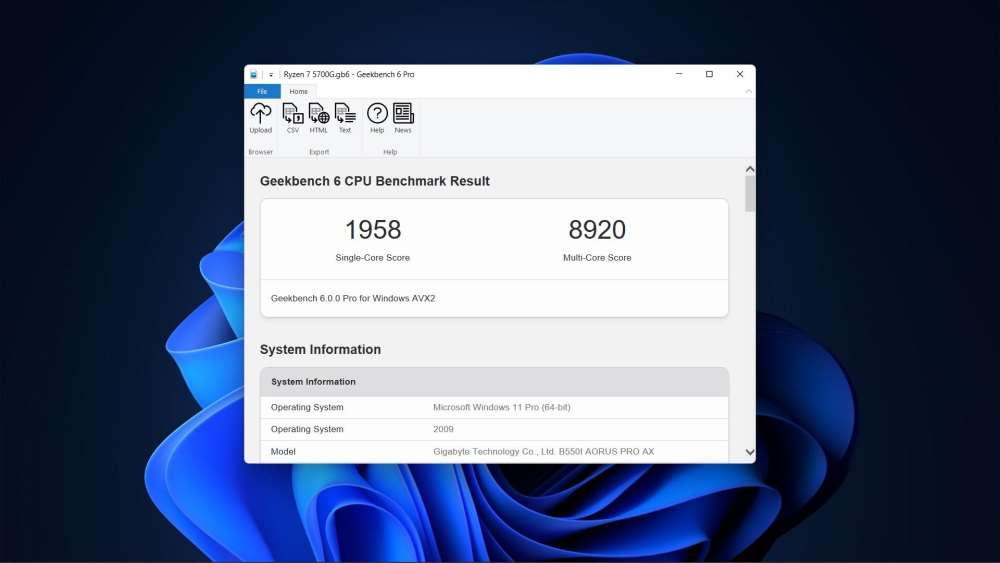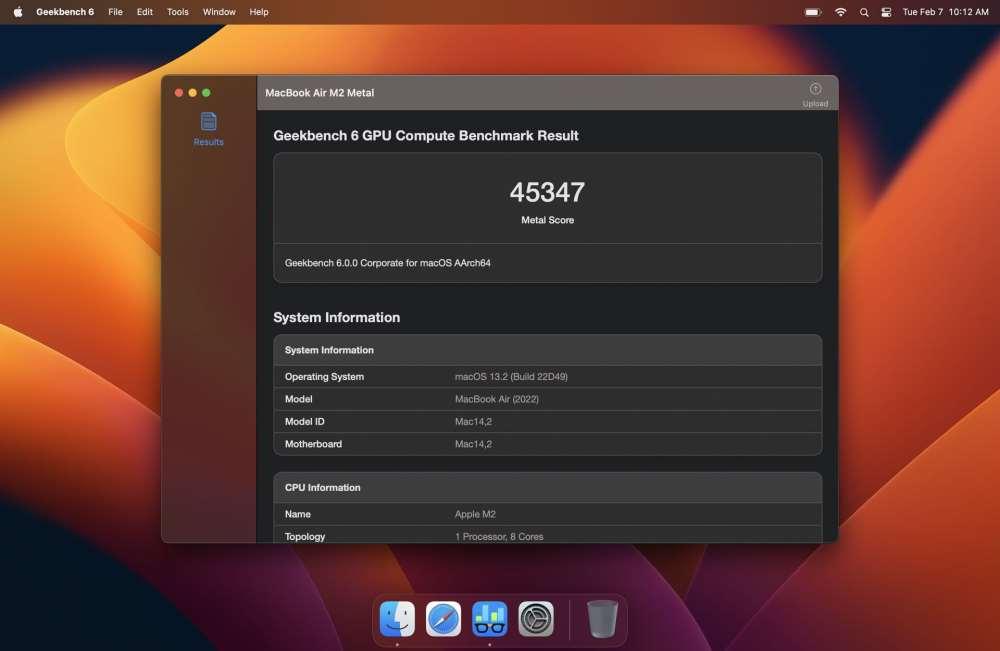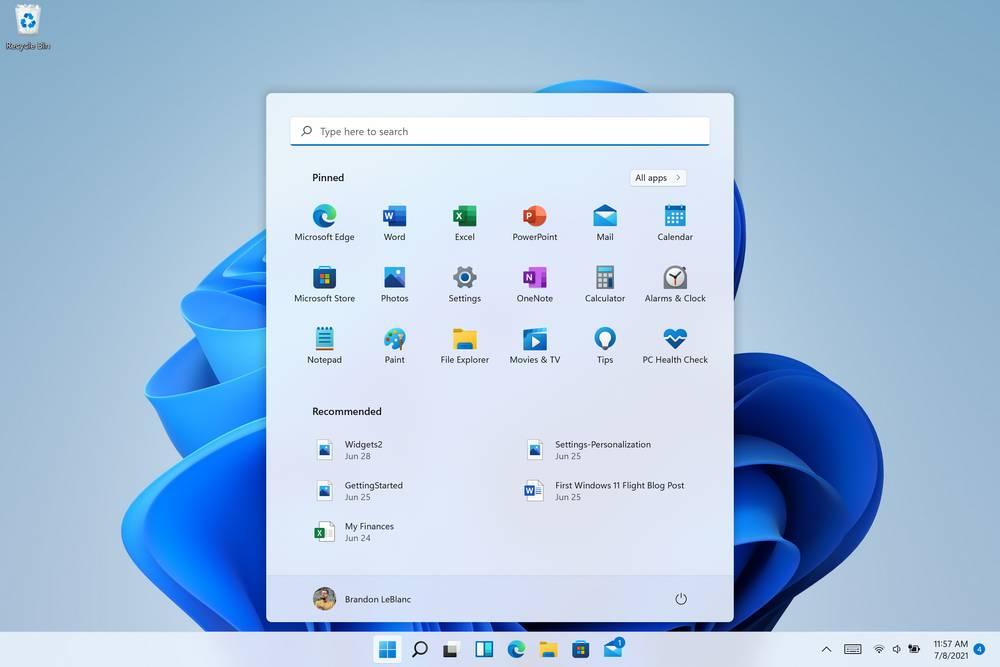
Benchmarks are applications that perform stress tasks on the hardware and test it for performance. Unfortunately, new applications and forms of use appear that require new expensive performance metrics to see if we have the right hardware for it. One of the most famous and one of the few with cross-platform capability, that is, with the goal of measuring chips with different instruction register sets, has reached its sixth version. What does the new Geekbench 6 offer us?
There are few programs to measure the performance of a processor that not only work on PCs, but also on mobile phones and on any operating system. One of them is Geekbench. Which is used as a reference, if we take into account its limitations for the comparison not only between Intel and AMD, or also with Apple producers; Qualcomm or any other that uses the ARM register set instead of x86. In particular, the improvements today in the new version of the benchmark are focused on typical Deep learning tasks, which have become very popular in recent years and are part of the way we use devices compared to years ago.
These are the novelties that Geekbench 6 brings with it
The popular benchmark that has been updated with new performance tests, among which the following stand out:
- Blur the background in streaming video,
- Filter and adjust images according to social networks
- Removing objects from photos
- Detect and tag objects in photos using artificial intelligence models
These are still AI-related tasks that are widely common today and where the performance of one CPU relative to another can make a difference. In addition, Geekbench 6 brings with it data models to test performance, different areas much larger than in the previous version, in order to reflect the workloads in applications today.
However, some changes have been controversial, such as the suppression of the use of AVX 512 just when Intel has stopped using them in its Intel Core 12 and 13 and AMD has adopted it in its Ryzen 7000. This decision is understood from the perspective cross-platform Geekbench 6 and the search for workloads that can be tested on all types of devices.


New ways of giving results
The results of the new benchmark are not comparable with the previous version, since certain changes have been introduced. Although there have been no changes for the single-thread test, there have been changes in the multithread test. The reason for this is that this time it not only measures performance by assigning a task to each core, but also how different cores cooperate when a task is shared between them. This has been done due to the trend started by Intel of using heterogeneous cores in those last two generations of processors, something that AMD has not yet implemented and is one of the reasons why, apart from the AVX-512, what more blisters has it raised. Since the Benchmark is considered to have become biased towards Intel.



